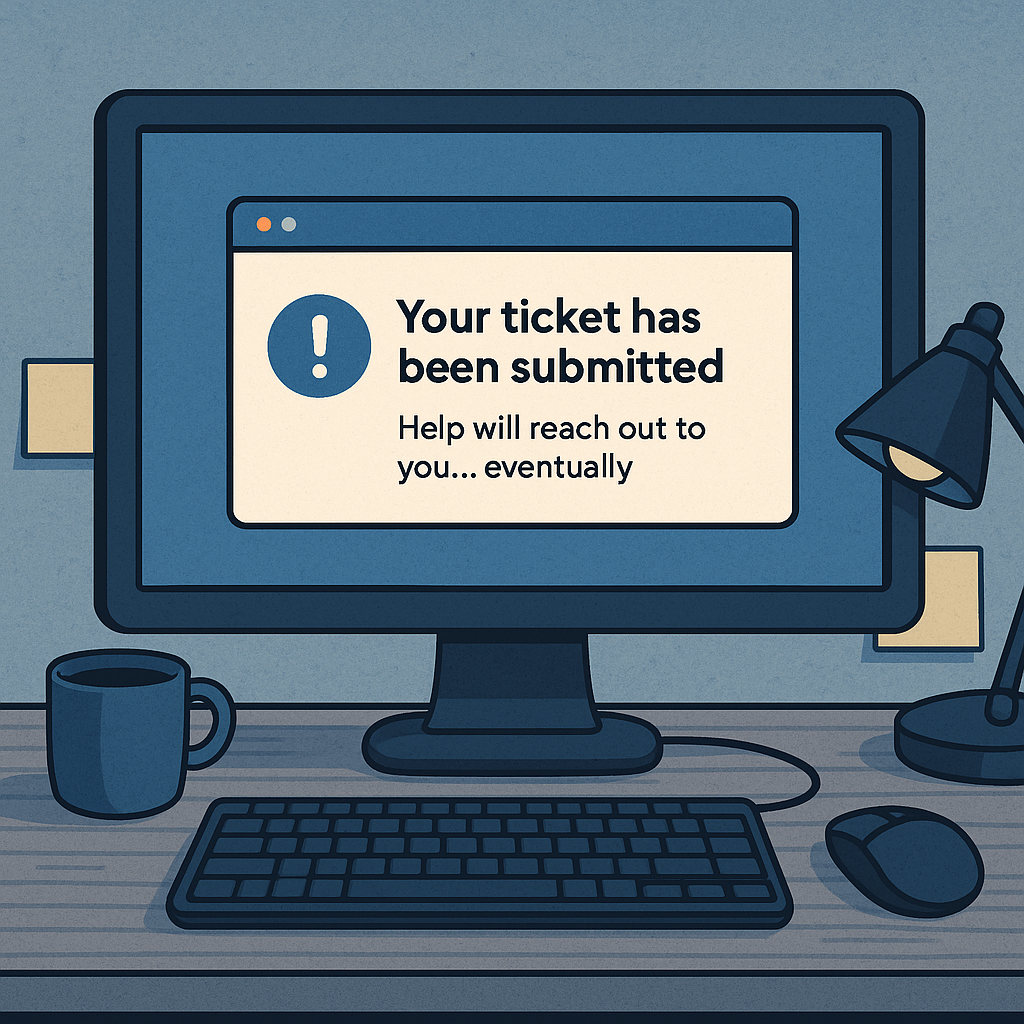When someone from your help desk team quits, the impact isn’t just internal—it hits your entire organization.
The help desk is the front line of IT. They're the ones resetting passwords, solving connectivity issues, and keeping your staff from throwing their laptops out the window. When that support line goes quiet (or slower), productivity across the company takes a hit.
Why Help Desk Transitions Are High-Stakes
You might think, “It’s just a few tickets—they’ll manage.” But the longer your team runs short, the more things start to unravel:
- Ticket queues back up
- Employee frustration grows
- First-response times slow down
- Easy fixes turn into bigger problems due to delays
- Other IT team members are pulled in to cover, slowing down projects
A missing help desk tech might not seem like a crisis—but it can become one fast if left unaddressed.
What a Good MSP Should Offer During Help Desk Gaps
During a help desk staffing shortage, a quality managed IT provider can step in with:
- ✅ 24/7 support coverage so tickets don’t pile up
- ✅ Tiered resolution paths (Tier 1–3) to match issue severity
- ✅ User experience tracking and first-response time reporting
- ✅ Knowledge base and ticket documentation support
- ✅ Ticket triage to make sure high-priority issues are addressed first
With the right backup, your users stay supported, your IT team stays focused, and your business stays productive—even when internal help desk coverage is light.




Leave Comment